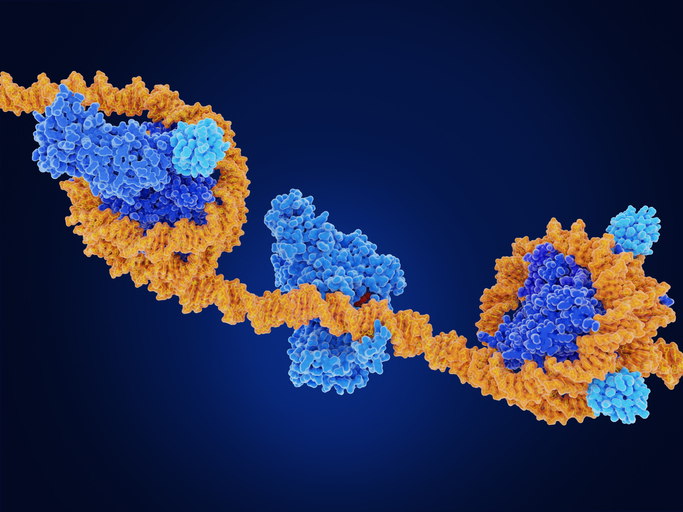
December 7, 2023 — Professor Asaf Hellman and his research team at the Hebrew University-Hadassah Medical School unveiled new findings in the realm of methylation-directed regulatory networks. Their study sheds light on the mechanisms governing the activation and suppression of mutation-driven disease genes, particularly in cases like glioblastoma, offering insights into variations in disease expression among patients. This research has the potential to revolutionize disease research and clinical applications, paving the way for personalized medicine, diagnostic biomarkers, and improved patient care.
Currently, 98% of individuals hospitalized for prevalent genetic diseases face insufficiently understood disease mechanisms. The team’s focus on glioblastoma revealed how DNA methylation acts as a gene control system, akin to a traffic light that can modulate gene activity. By mapping the impact of DNA methylation on genes, this research provides a valuable tool for understanding disease etiology and developing tailored treatments, ultimately enhancing patient outcomes, particularly in the context of cancer and other common diseases. In essence, this research acts as a treasure map guiding us toward more effective disease management strategies.
Common diseases often manifest differently between patients, yet the genetic origins of this variation have remained elusive. Prof. Asaf Hellman’s research team sought to explore the potential involvement of gene transcriptional variation in this phenomenon. To address this, they meticulously generated a DNA methylation-oriented, driver-gene-wide dataset of positive and negative regulatory elements in human glioblastomas and rigorously examined their effects on inter-patient gene expression variation.
Key Discoveries Unveiled:
Methylation-Directed Regulation: This study’s revelation of the intricate interplay between enhancers and silencers in gene regulatory domains, influenced by DNA methylation, provides crucial insights into the dynamic control of gene expression. Understanding this regulation has significant implications for developing targeted therapies and treatments for various diseases, including cancer.
High-Resolution Mapping: The high-resolution mapping of DNA methylation’s impact on gene expression within intact genomes opens the door to a deeper understanding of how genes are controlled and how they can be modified. This knowledge is essential for unraveling the complexities of genetic diseases and devising strategies for precision medicine tailored to individual patients.
Mathematical Modeling: The utilization of mathematical modeling to identify key methylation sites driving gene expression variations sheds light on the underexplored role of epigenetics in shaping disease progression. Recognizing the importance of methylation in glioblastoma patients’ gene expression profiles can pave the way for more accurate diagnostics and targeted therapies, ultimately improving patient outcomes.
As Prof. Asaf Hellman emphasizes, this research represents a significant leap forward in genomics, offering insights into the understanding and treatment of genetic mutation-driven diseases. The research reveals that there are complicated networks in our DNA that control how genes work. These networks can either increase or decrease the activity of genes. This finding shows us that a process called DNA methylation plays a crucial role in deciding how genes are used. This information helps us understand why different people may have varying levels of gene activity. He states, “The research unveils the existence of complex cis-regulatory networks that determine gene expression by combining the effects of positive and negative transcriptional inputs.”
This revelation underscores the dynamic role of DNA methylation in regulating gene expression, shedding light on the reasons behind variations in gene expression among individuals. Moreover, this discovery heralds new opportunities for monitoring and comprehending the underlying factors contributing to the diverse outcomes observed in conditions such as cancer and other diseases. In simpler terms, it is like finding a new set of keys to unlock the secrets hidden in our genes, helping us learn more about diseases and how to treat them.
The research paper titled “Methylation-directed regulatory networks determine enhancing and silencing of mutation disease driver-genes and explain inter-patient expression variation,” is now available in Genome Biology and can be accessed here.
Researchers:
Prof. Asaf Hellman, Dr. Yifat Edrei, Dr. Revital Levy, Daniel Kaye, Dr. Anat Marom – Department of Developmental Biology and Cancer Research, The Institute for Medical Research Israel -Canada, The Hebrew University-Hadassah Medical School, Jerusalem, Israel.
Dr. Bernhard Radlwimmer – Division of Molecular Genetics, German Cancer Research Center (DKFZ), Heidelberg, Germany.




